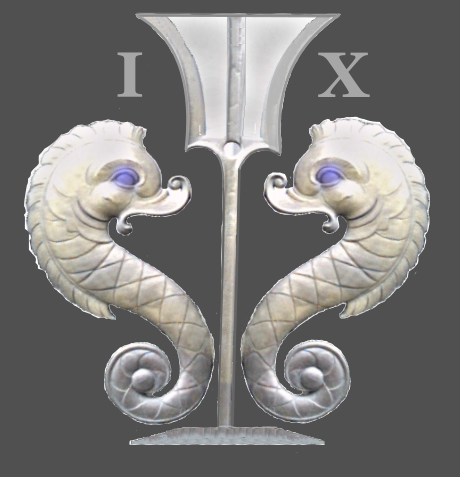The Asses of Oatman, Arizona
/Welcome to Oatman, Arizona
We’d heard of Oatman, Arizona, but never had the opportunity to visit. Located on historic Route 66 and only 30 miles away from our campground at Big Bend of the Colorado, we set out mid-morning to check out this old gold mining town. The town is particularly noted for having more asses than people.
The ‘asses’, in this case, are the descendants of gold miner’s pack animals, donkeys that were abandoned when the miners left. It is estimated that there are as many as 1,900 wild donkeys in the herd that roam the Black Mountains of northern Arizona, now under the auspices of BLM (Bureau of Land Management).
We knew we were getting close to town when we saw several donkeys on the side of the road. Some were plodding along. Some were noshing on carrots that had been left out for them, while others appeared to be deep in thought and just stopped in the middle of the road.
On any given day, several donkeys wander freely into Oatman looking for handouts to the delight of visitors. Alfalfa pellets are on sale everywhere and provide a treat for these equine nomads. They poke their heads into shops, tromp along the wooden plank sidewalks, pose for tourists and occasionally nip or kick if someone gets too close or they’re not in the mood for attention.
The gold boom of 1915-1917 made Oatman one of the largest gold producers in the American West. The last mine closed in 1942, however, and the one-time boomtown declined and was nearly abandoned. A section of Route 66, the Mother Road, runs right through the middle of town and was a main highway route from the 1920s-50s and provided some traffic, but when I-40 was built, it circumvented the town and once again Oatman was sidelined. With a (human) population count of 98 in the last census, Oatman now advertises itself as ‘a living ghost town’.
Oatman… The ghost town that refuses to die
Some of the old miners are still around town.
The town works to attract tourist with several annual events scheduled year-round. Main Street is lined with souvenir, craft and antiques shops. There’s January’s Bed Races, Bike Week at the end of April, and an annual Fourth of July Sidewalk Egg Frying Contest. The International Burro Bisket Toss on Labor Day Weekend tests competitor’s skills at throwing gold-plated donkey droppings the farthest. The winner gets a cash prize, some burro merchandise… and a bar of soap.
Additionally, there’s a daily shoot-out that closes down Main Street, aka Route 66, for a half-hour while a crowd (and donkeys) gather round to watch. Three gunslingers stage a robbery and then, due to a double-cross, end up shooting at each other. They pass the hat afterwards with all the money going to a designated charity. It was hokey, but fun to watch.
We had lunch at the Oatman Hotel and Restaurant which was a pleasant surprise. The ‘American menu’ offers a good variety of burgers, sandwiches, salads, sweets. The beer (on tap and in bottles) was cold. The prices were reasonable. We had sandwiches and ordered ‘burro ears’ (homemade potato chips) as our side. “No burros were harmed for these ears!"
“No burros were harmed for these ears!"
The Oatman Hotel (previously the Durlin Hotel) was built in 1924 and is now on the National Register of Historic Places. Patrons have tacked signed dollar bills to the walls for decades.
I picked up a souvenir… a winged, rubber donkey duck with a Route 66 tattoo. His name is Donks and the profits from his $7 price tag go to the Oatman Historic Society. A fine trade.
On our return to Big Bend in the late afternoon, it was still unbearably hot. We decided to forfeit our remaining paid days and seek out a campsite at a higher, cooler elevation.
There’s lots to be said for this campground. It’s close to the river and its beaches. We had excellent phone/wifi coverage. The nightly fees are reasonable and the amenities are more than adequate. The negatives are the desert heat at this time of year and the campground’s proximity to the highway with traffic noise fairly loud at times, especially during the night. We would, however, go back in a heartbeat once it gets a bit cooler.
Join us next time as we head to the Mojave National Preserve just over the state line in California and find a campsite in the Hole-in-the-Wall Campground. At 4,400’ (1312 m), it’s bound to be cooler!


















